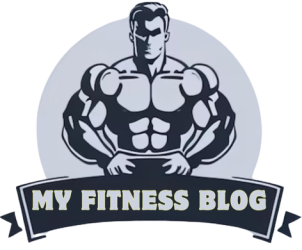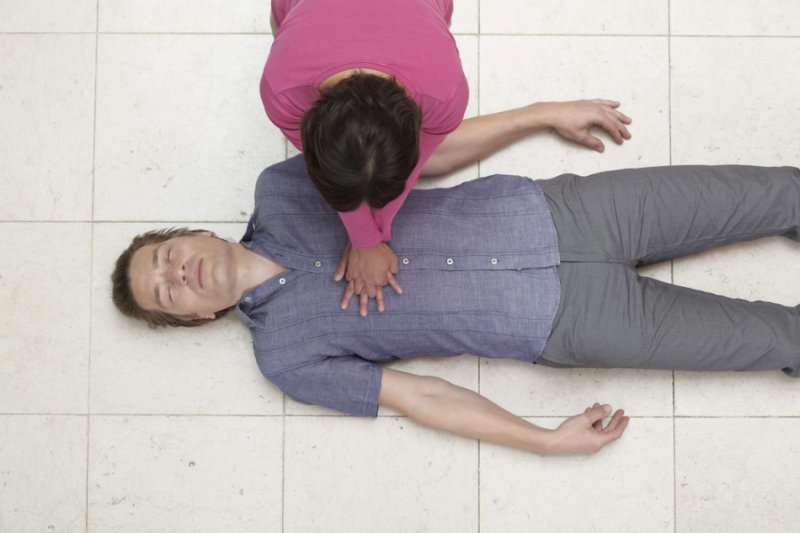Like a machine, the human body functions. In this case, the heart serves as the engine that pumps blood to other organs. But if something were to happen to this important organ, the whole system would shut down in a matter of minutes. Either from fewer contractions or a shortage of oxygen, the cardiac muscles shut down. Cardiopulmonary Resuscitation can benefit the patient with the appropriate technique and practise. The two approaches are slightly different, but the basic idea is the same. Restarting the heart is vital for the body and its organs to function, that is where you need Perform CPR.
When is the ideal moment to perform CPR?
Learning CPR is crucial due to the growth in heart attack cases and lifestyle disorders. Many people continue to undervalue the influence of knowledge. This medical procedure has a procedure much like any other medical procedure. While the specifics of the steps are covered later. Recognizing the typical symptoms of a heart attack in a patient is essential. In order to prevent more harm to them, you must be aware of when to administer this process. The following are some scenarios where CPR may be helpful:
Unconsciousness: A sudden loss of consciousness, falling to the ground, or fainting. Any of these quiet symptoms could be a heart attack.
When the patient isn’t breathing, you won’t feel any air entering their nostrils.
The phrase “gasping” in medicine refers to taking protracted mouth breaths. The chest may also experience pain.
Start the process as soon as you notice any of these characteristics in a person. Your actions may give someone a second chance at life. The human body wants oxygen. A bystander’s judgement may be affected if they see someone having a cardiac arrest. Even the most optimistic individuals experience it, so maintaining composure is essential. Keep in mind that first aid only consists of CPR. Calling the Emergency Medical Service (EMS) team is the best course of action in this situation. Be on the lookout for indications that a person may have a failing heart.
If the patient is under the age of one year:
– Begin CPR right away if the patient is less than 30 minutes away from passing away. The body will produce adequate blood flow to maintain brain function as long as the heart is beating.
– In the case of a patient who is older than 1 year but under 4 years old: If there has been a cardiac arrest and traditional medical care has failed, begin perform CPR (i.e., chest compressions, defibrillation). until emergency assistance comes, continue CPR.
If a patient is older than 4 but under 8 years of age: If there is patency across the airway after a cardiac arrest and no response to traditional medical procedures (such as chest compressions and defibrillation), begin CPR (no vomit or frothy sputum). If the airway is blocked, give rescue breaths and then continue with regular resuscitation techniques if the obstruction disappears. If the airway’s patency cannot be verified, start cardiopulmonary bypass right away.
What procedures are followed when giving CPR?
Any medical emergency can make even the strongest of hearts tremble. Become a lifesaver rather than a helpless bystander. The procedures for perform CPR are sequential. Calling the local EMS and reporting the occurrence are always the first steps. Even though you’ll endeavour to keep the patient alive, a hospital is necessary for their long-term survival. Here are the steps for CPR:
Make the patients lie down and observe them for respiratory symptoms.
Make sure the patient’s chest wall rises as you blow into their mouth.
Pump the patient’s chest with both hands in slow, deliberate motions.
For three to four minutes, continue. Always push at a rate of more than 100 per minute.
It takes mental foresight, patience, and a good outlook to perform CPR
What are CPR’s advantages?
The oxygen flow is the fundamental idea underlying perform CPR. The blood serves as the body’s oxygen transport system. The heart serves as a pumping and circulation system. It takes blood from the body that has lost oxygen and transfers it to the lungs. It also receives blood from the lungs that is clean and oxygenated. It then travels to every organ in the body. So you can picture the mayhem if this distribution channel is cut off.
CPR imitates the electrical impulse that the heart muscles get to pump both good and harmful blood. preserving the health and vitality of the organs. The oxygen required by the lungs is delivered by the air blown into the mouth. The cardiac muscles can transfer blood to the lungs to work on the air while being stimulated by the pumping motion of the hands. Up until the arrival of trained medical assistance, it prevents the body from deteriorating. CPR prevents the patient from losing any organs or entering a stage of brain death.
When to Speak with a Medical Professional
It is crucial to dial 911 if you are having chest pain, breathing quickly, or shortness of breath. These signs and symptoms should be treated by a doctor right away in case a heart attack is present. If someone passes out and does not wake up after being disturbed, CPR should also be done. A person can die from cardiac arrest if CPR is not administered within minutes.
How to operate an AED and what is it?
The Automated External Defibrillator, or AED, is a device. When CPR fails, this device can be used to restart a person’s heart if they are not breathing or their heart has stopped pumping.
Using an AED:
Verify whether the AED is functional. If it is, get away from the object and make a support request.
The victim should be placed with their head down and back up.
To turn on the AED, remove the battery cover and press the button.
Put one hand on the victim’s chest and the other two close to their ears on either side of their head (Figure 1).
Figure 2: Firmly press both hands down on the victim’s chest while simultaneously using your fingers to press down on either side of the victim’s head (Figure 3).
Compressions should continue for two minutes after activation has ended or until assistance arrives, whichever occurs first.
There are a few things you may do to attempt and remedy the problem if you discover that your AED isn’t functioning. Make sure the battery is completely charged first. Check to determine if the electrode pads are securely fastened to the AED if you are using an earlier model. Pull the pads gently until they are seated properly if they are not firmly fastened. In the event that everything else fails, you might need to bring your AED in for maintenance or replacement.
Conclusion
Everybody needs to be aware of the symptoms of cardiac arrest. It should be added to the middle school curriculum right away. Children could then assist their grandparents or other people going through a similar scenario. The correct time to start CPR could save a loved one. The American Health Care Academy (AHCA) is aware of how crucial CPR is. They provide some of the top CPR certification classes available online. To use it in emergencies, you will receive a certificate and wallet card. Yet nothing comes close to the chance to contribute to society as an useful member. Hence, visit the AHCA website and sign up for the CPR training course right away.

